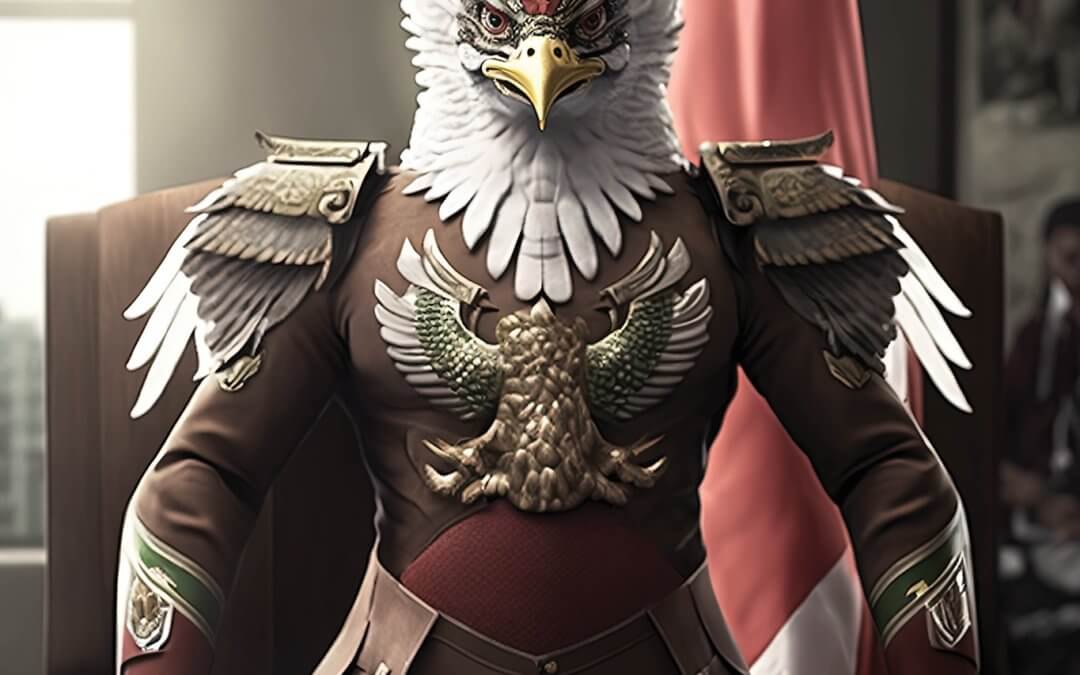Patriotism is a Nation’s Pulse
National mascots are more than just cute animals or figures that represent a country. They are symbols that embody the values, history, and culture of a nation. These mascots serve as a unifying force for the people of a country, reminding them of their shared identity and inspiring national pride.
One of the most important functions of a national mascot is to represent the unique qualities of a country. For example, the bald eagle is a powerful and majestic bird that symbolizes freedom and strength, making it the perfect mascot for the United States. Similarly, the kangaroo is a unique and iconic animal that is found only in Australia, and thus represents the country’s distinctiveness.
National mascots also play a vital role in fostering a sense of national pride and unity. They help to create a shared identity among the people of a country, regardless of their individual backgrounds or beliefs. For example, when a country’s sports teams compete in international competitions, the presence of their national mascot can instill a sense of pride and excitement in their supporters.
Moreover, national mascots serve as an important cultural touchstone, reminding people of their country’s history and traditions. They can also promote important values such as environmental conservation, as is the case with the giant panda in China, which is a symbol of both the country’s heritage and its efforts to protect its endangered wildlife.
In conclusion, national mascots are not merely symbols, but rather they represent the shared identity, culture, and heritage of a country. They inspire national pride, foster unity, and promote important values, making them an integral part of a nation’s identity. So, the next time you see a national mascot, remember that it is much more than just a cute and cuddly figure – it is a powerful representation of a country and its people.
Albania
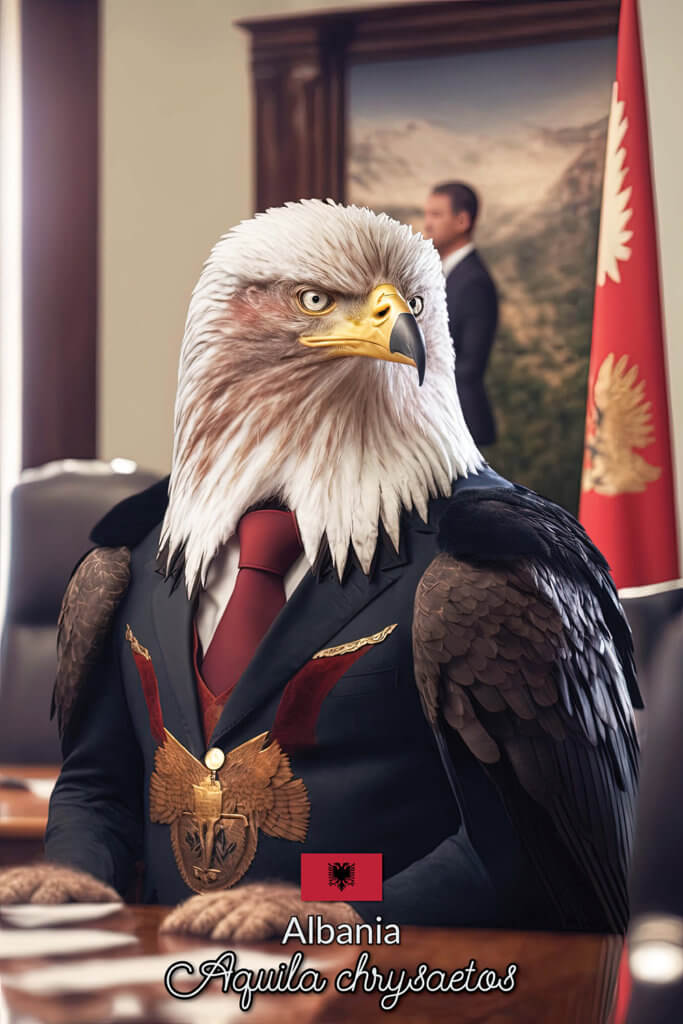
Angola

Australia
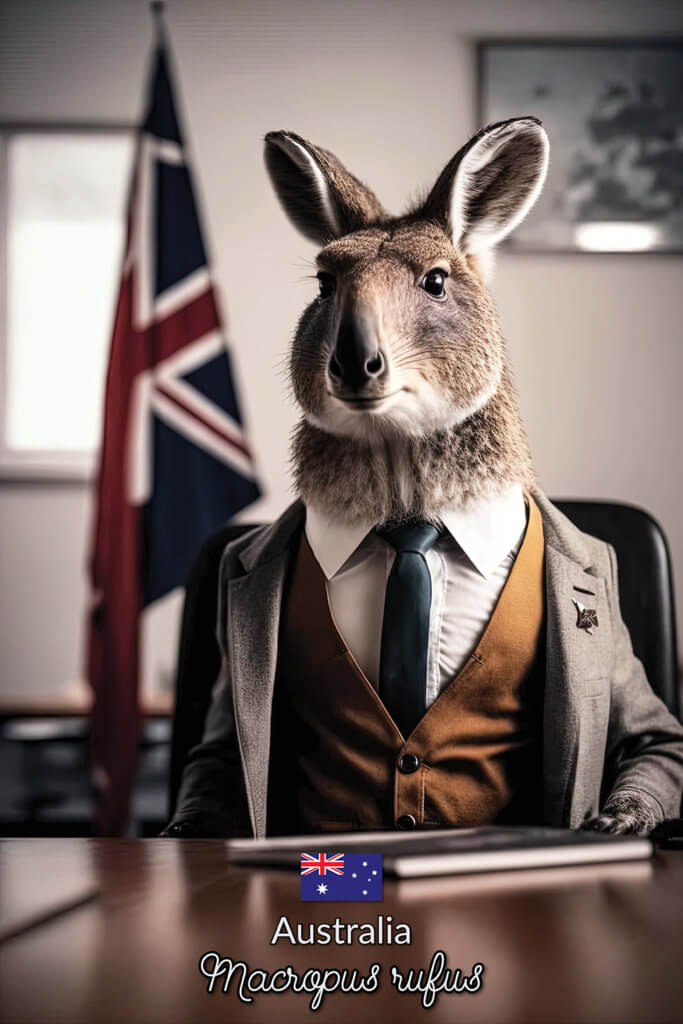
Azerbaijan
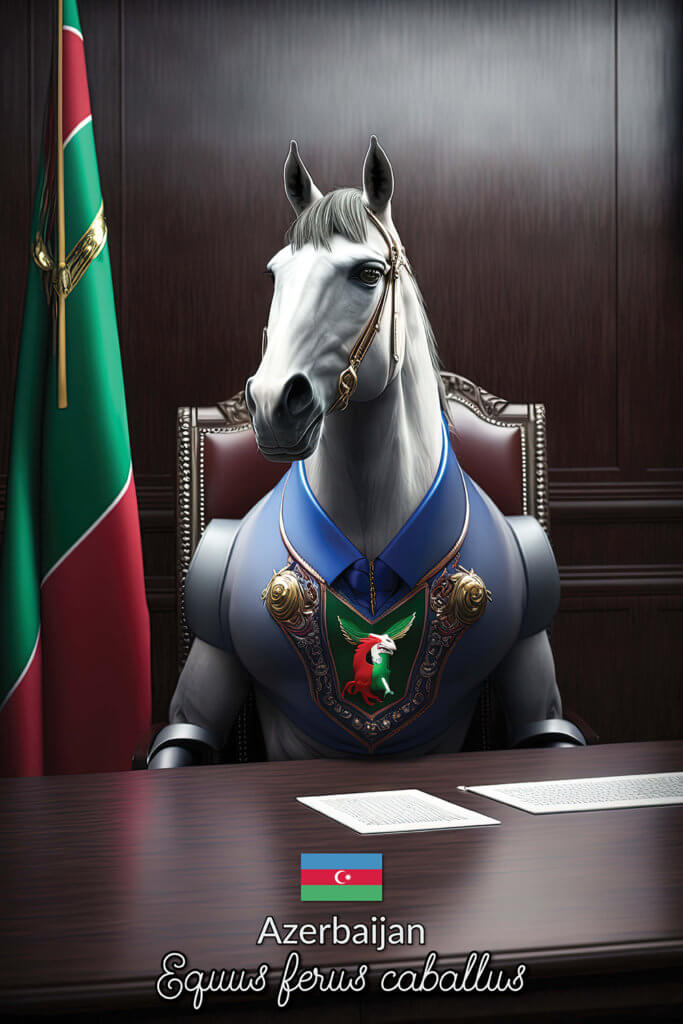
Belarus

Belgium
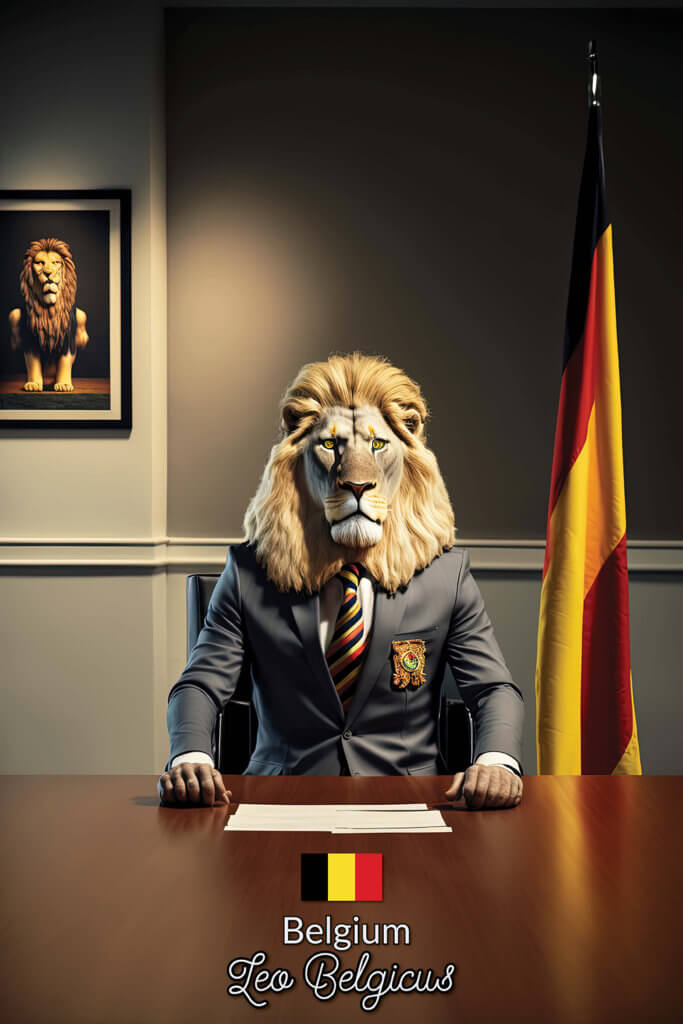
Canada

China

Colombia

Denmark
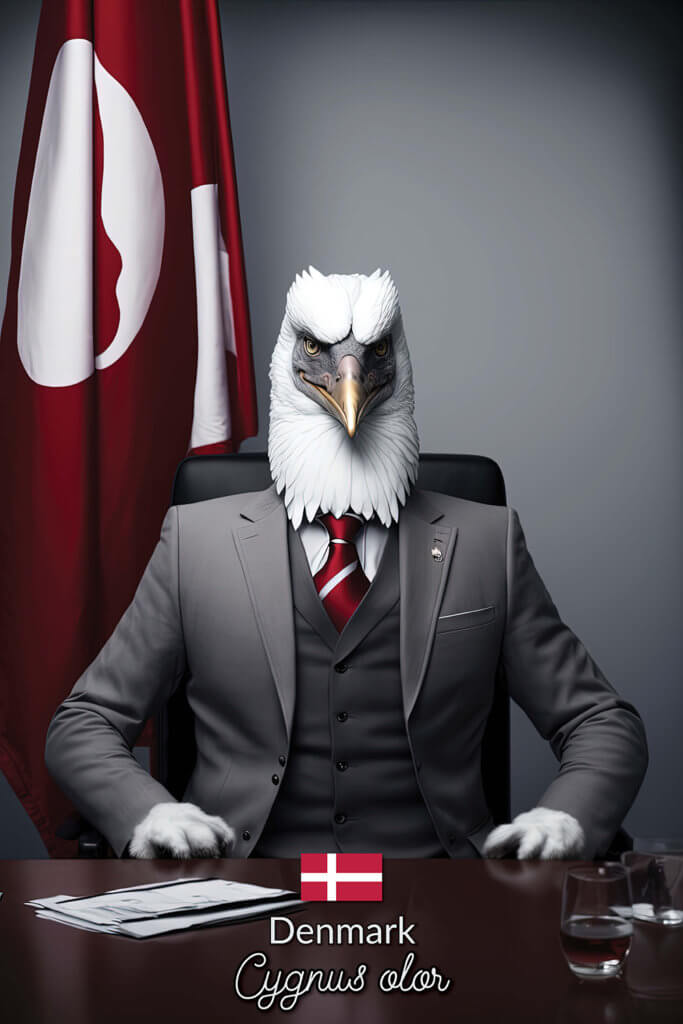
Egypt
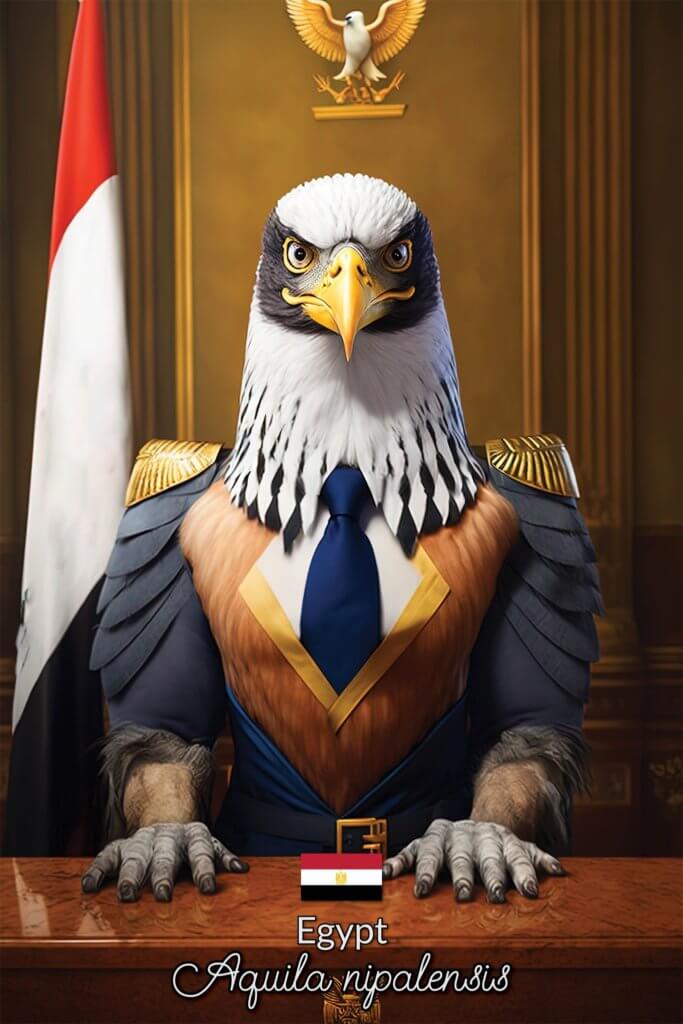
France
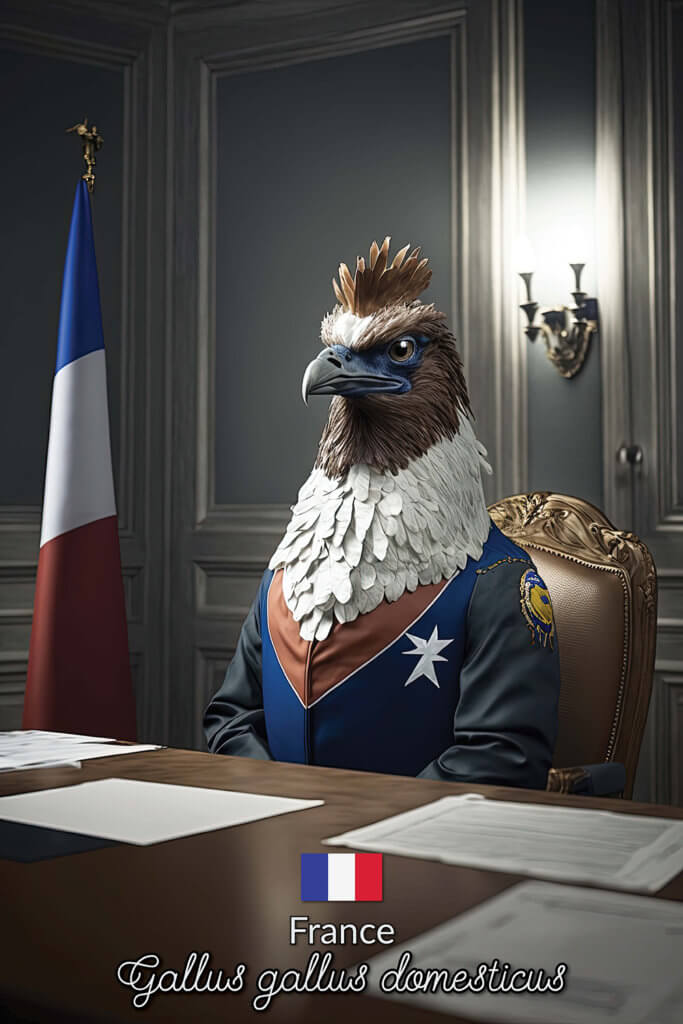
Hungary
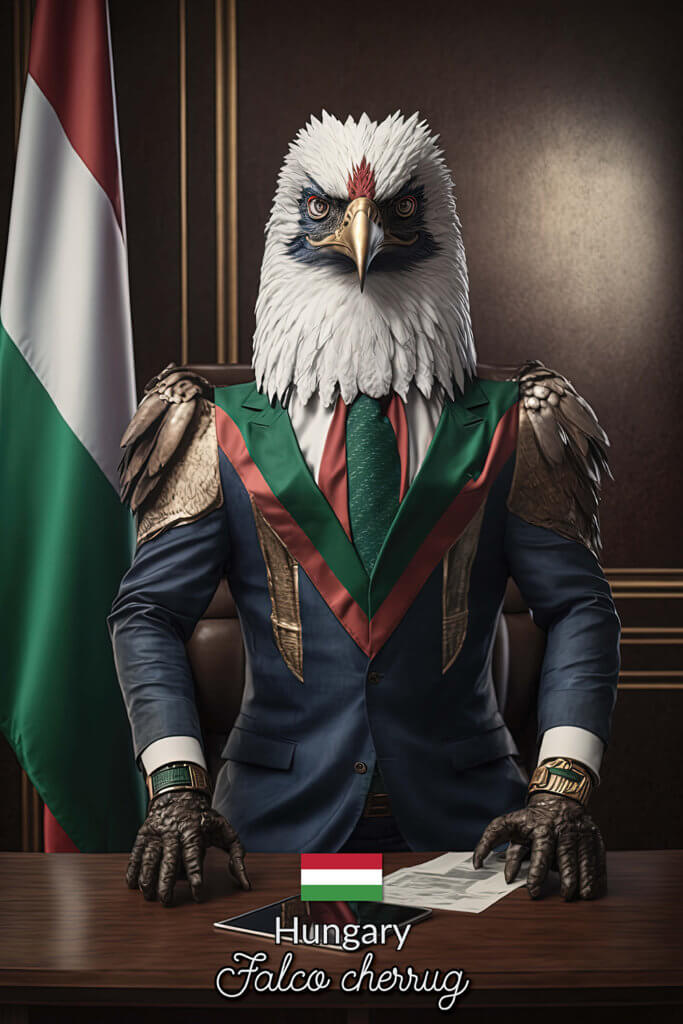
India
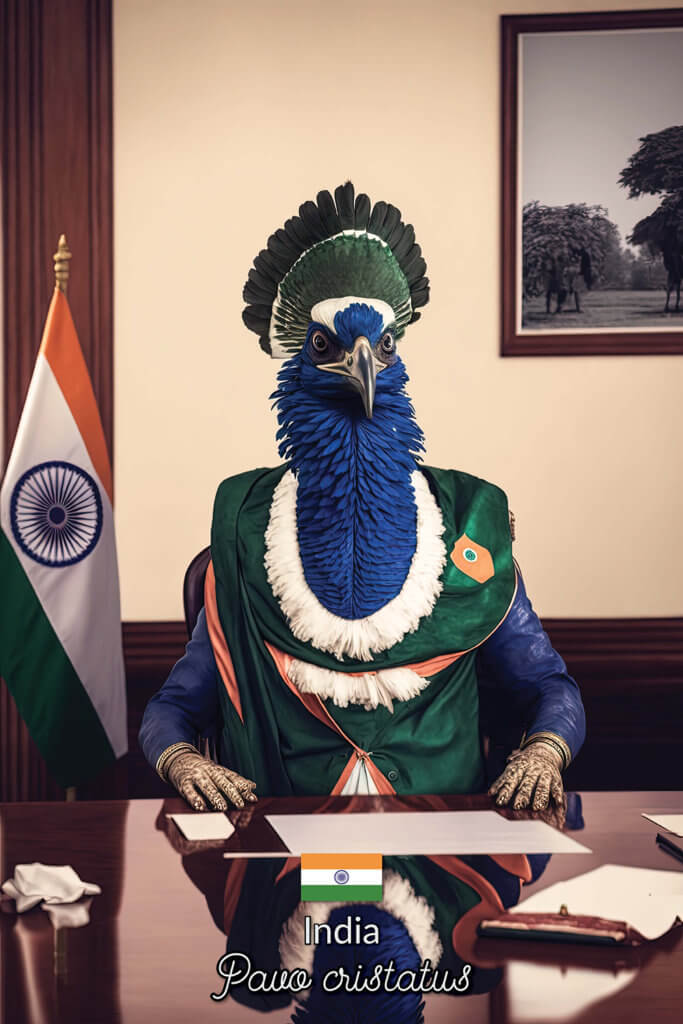
Indonesia

Iran

Japan

Malaysia

Mexico
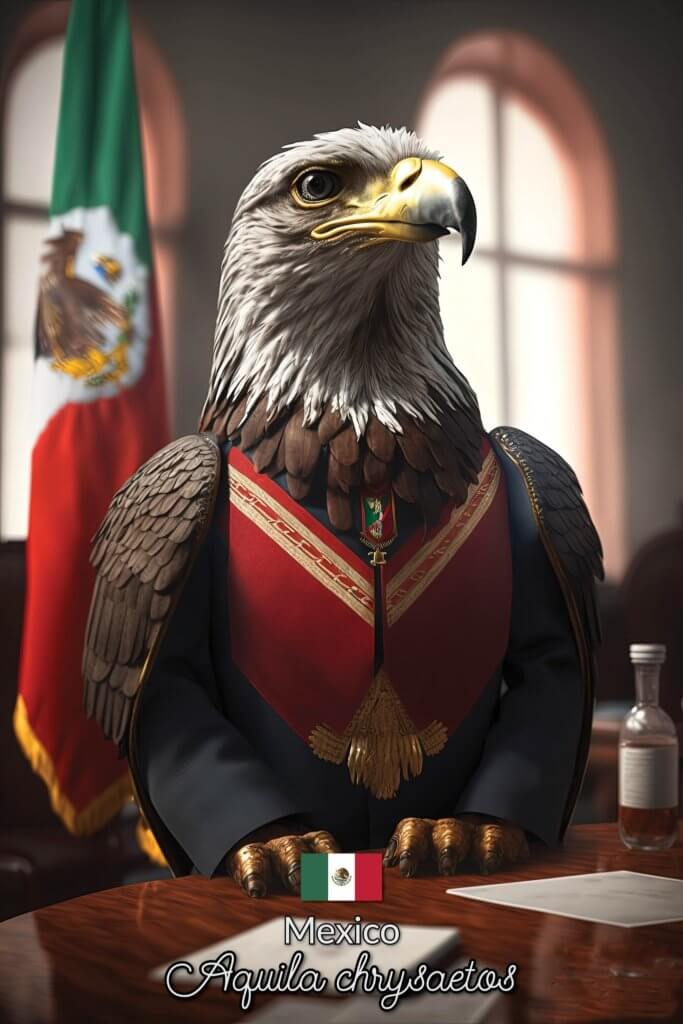
Nepal

Pakistan

Qatar
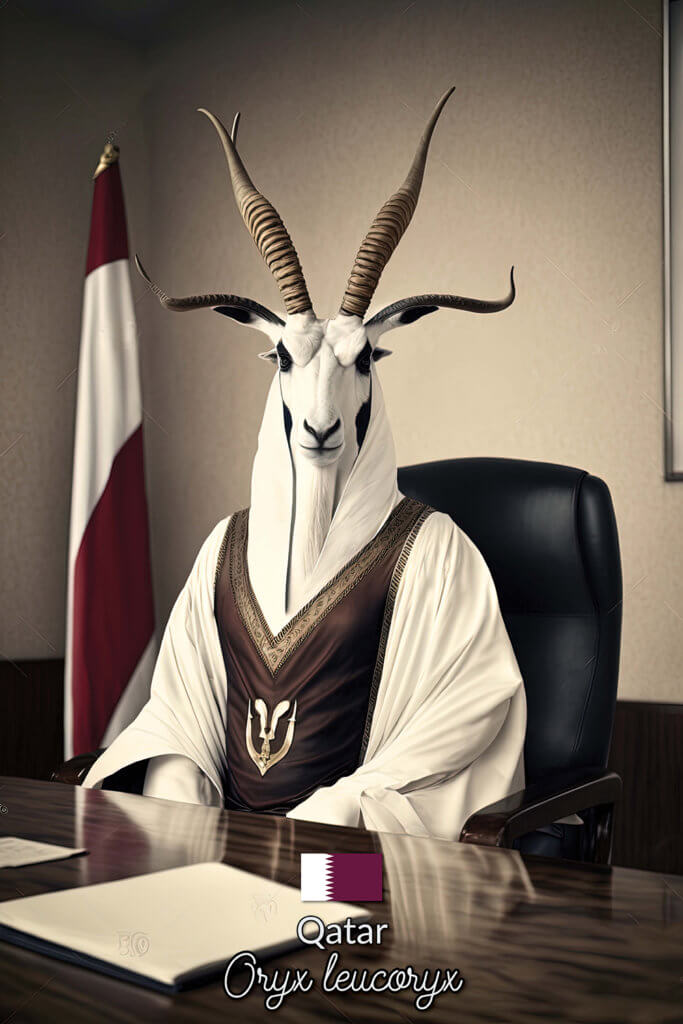
Scotland
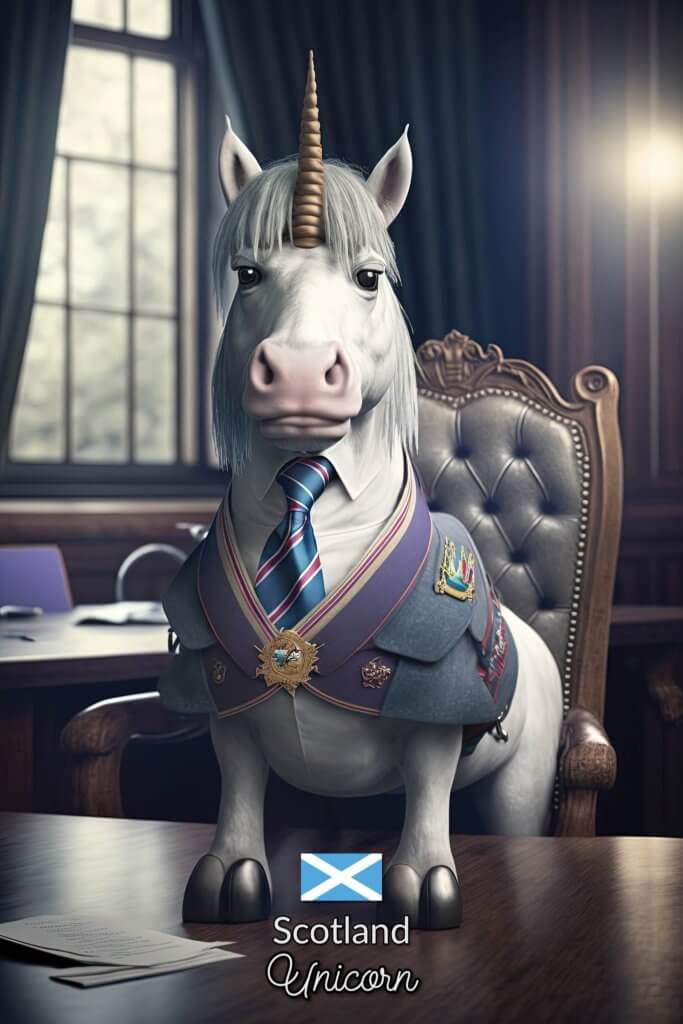
Sudan

Taiwan
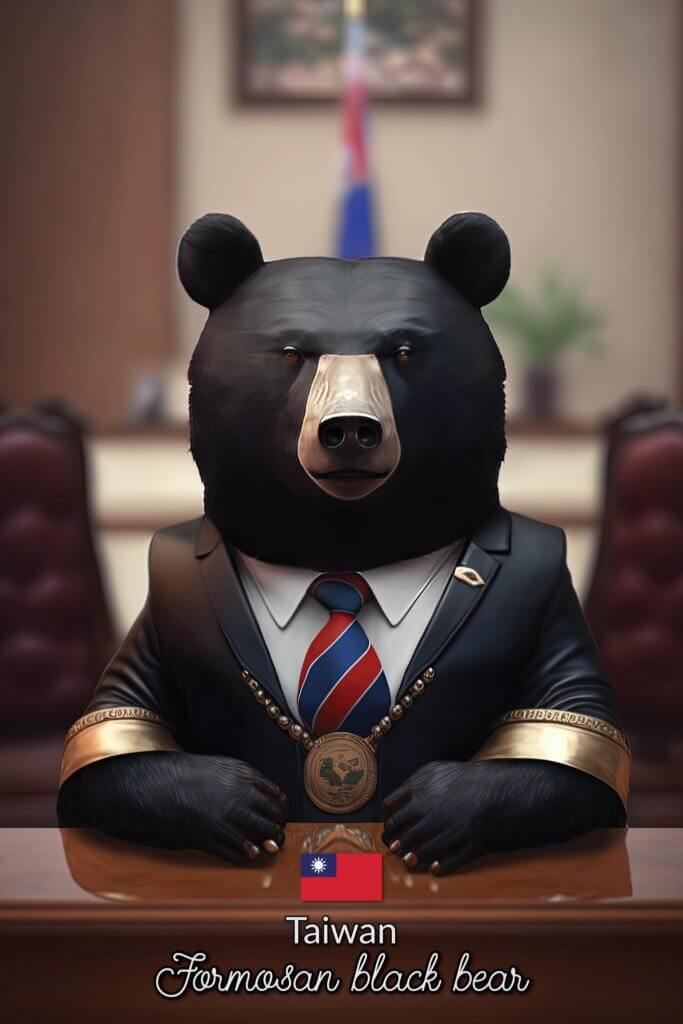
Thailand
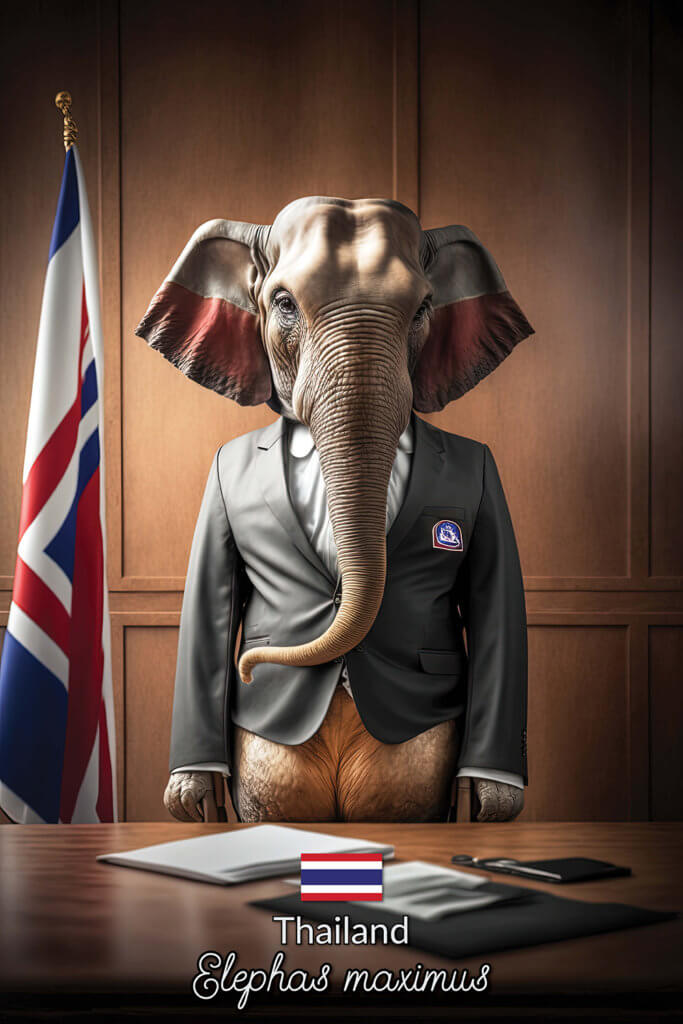
United Arab Emirates
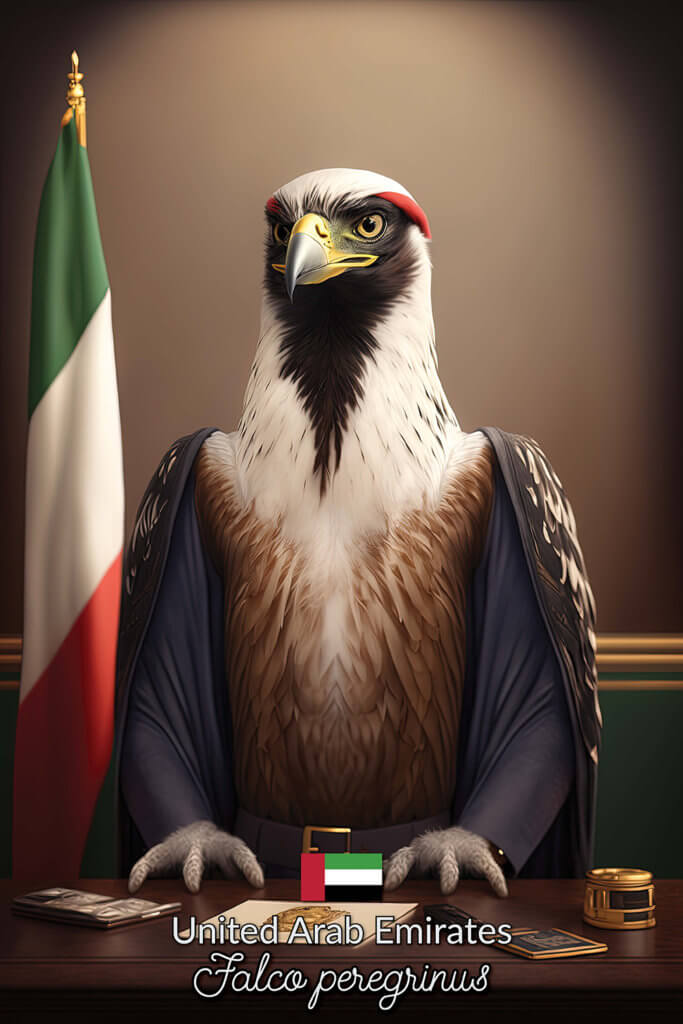
United Kingdom

United States of America
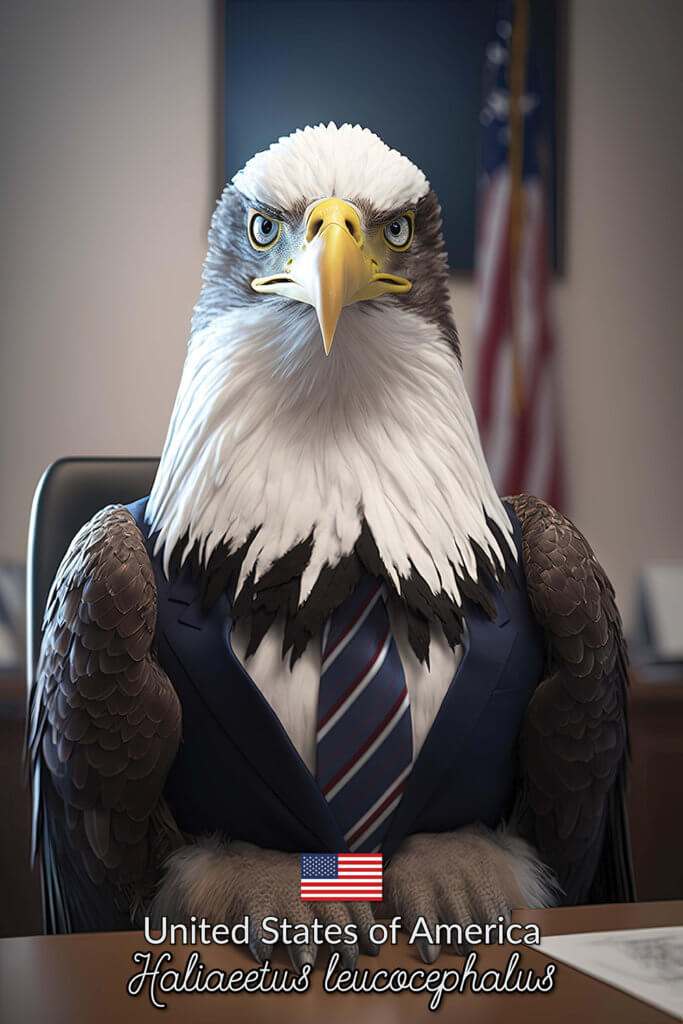
Vietnam

Wales

National mascots are symbols that represent a country’s identity, culture, and heritage. These mascots are often animals or figures that are revered or associated with the country’s history, mythology, or geography. They serve as a unifying force for a nation, representing the values and characteristics that its citizens hold dear.
National mascots have been used for centuries, and their origins can be traced back to ancient civilizations. Here’s a look at some of the most popular national mascots and their origins.
The Bald Eagle – United States
The Bald Eagle is the national bird of the United States and has been a symbol of the country since the late 18th century. The eagle is a powerful bird of prey that was revered by Native American tribes and was adopted by the Founding Fathers as a symbol of the new nation’s strength and freedom.
The Lion – Great Britain
The Lion has been the national animal of Great Britain since the 12th century. The lion is a symbol of strength, courage, and nobility and is often associated with the royal family. It is also the emblem of the England football team and is featured on the country’s coat of arms.
The Panda – China
The Panda has been a symbol of China since ancient times and is revered as a national treasure. The Panda is a peaceful and friendly animal that represents harmony and balance, which are important values in Chinese culture. The giant panda is also an endangered species, and China has made efforts to conserve and protect its population.
The Kangaroo – Australia
The Kangaroo is a unique animal that is native to Australia and has become a symbol of the country. The kangaroo is known for its agility and strength and represents the country’s adventurous spirit. It is also featured on the country’s coat of arms and is a popular symbol for Australian sports teams.
The Maple Leaf – Canada
The Maple Leaf is a symbol of Canada that is recognized around the world. The maple tree is native to Canada and has been an important resource for the country’s economy and culture. The Maple Leaf is featured on the country’s flag and is also used in logos and emblems for Canadian organizations and businesses.
In conclusion, national mascots are important symbols that represent a country’s identity and culture. They are often based on animals or figures that hold significance in a country’s history or mythology. These mascots serve as a unifying force for a nation, representing its values and characteristics that its citizens hold dear.

